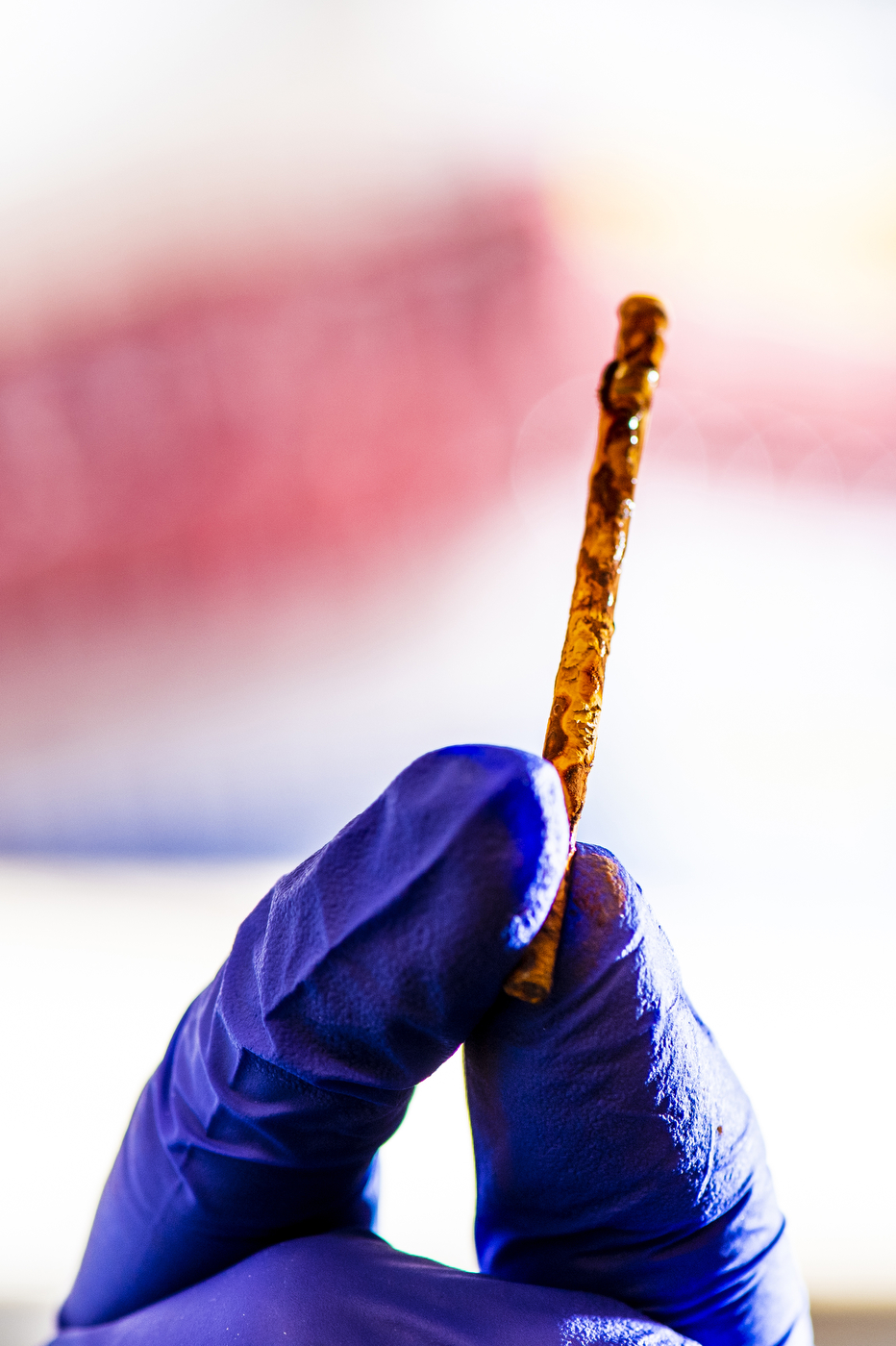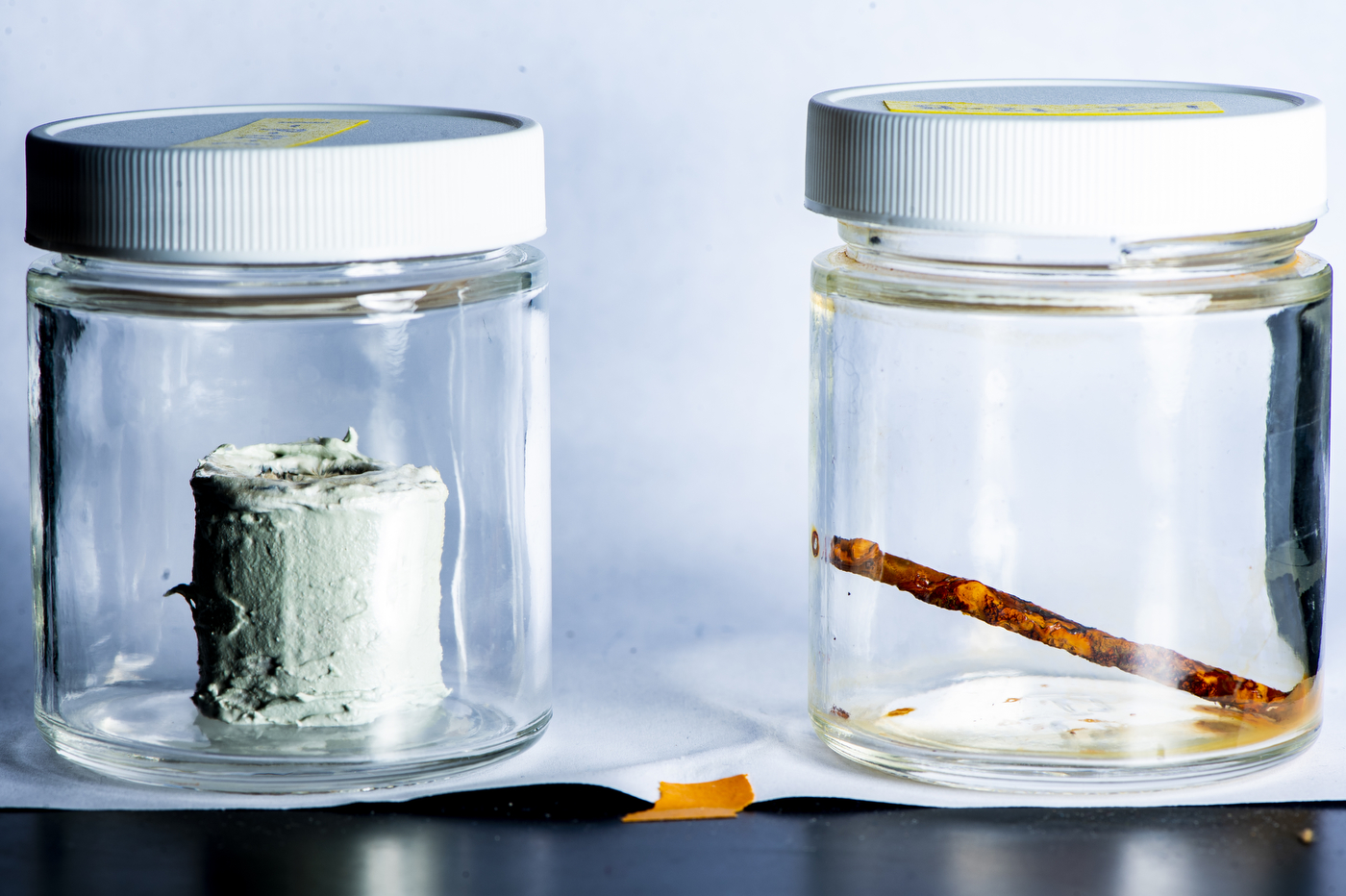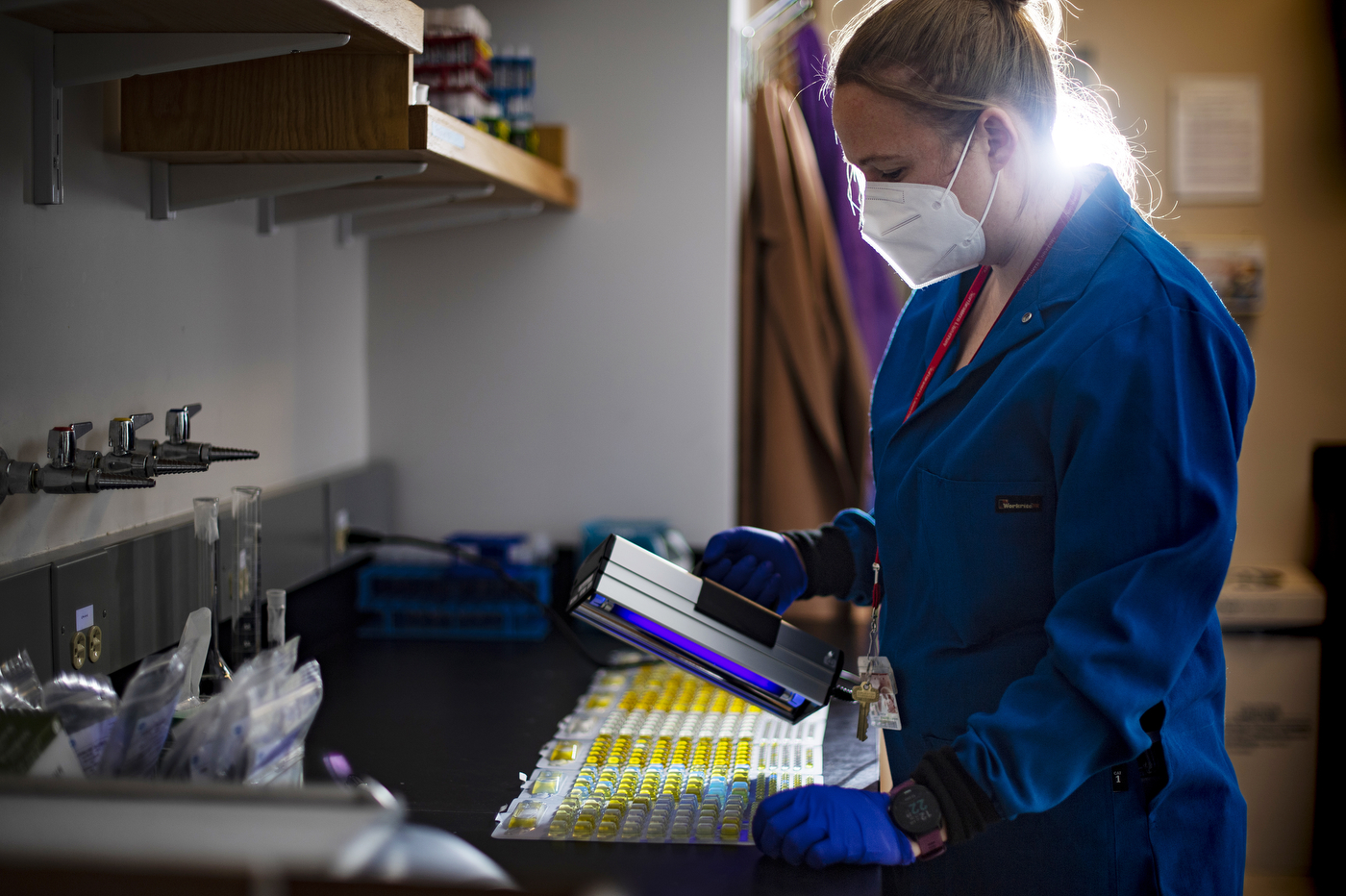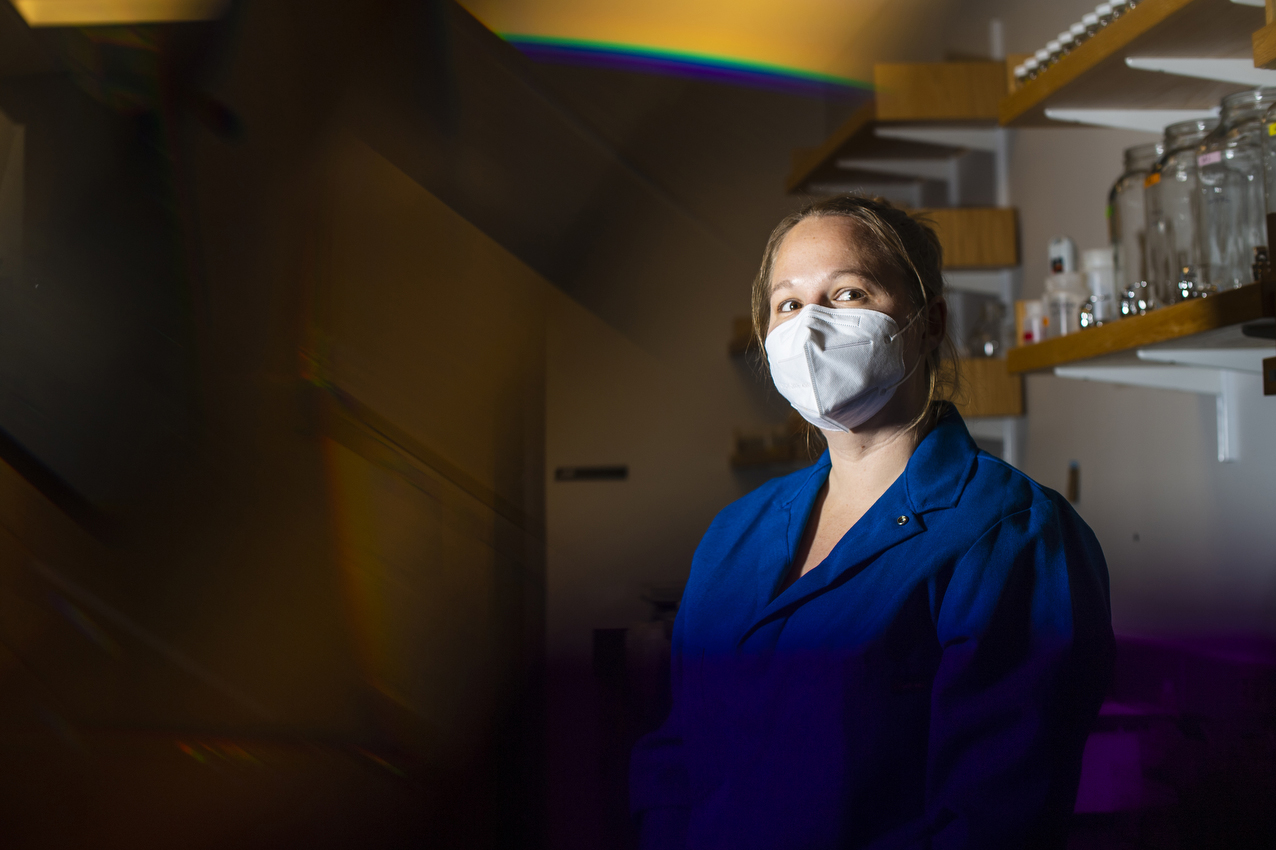This well water watchdog alerts you to unsafe water

At least 43 million people in the United States depend on private wells for their drinking water. And yet those wells are not protected by federal clean-water laws.
Kelsey Pieper, an assistant professor of civil and environmental engineering, studied close to 9,000 private wells in 44 Texas counties that were tested by university researchers—including her team at Northeastern—and local health departments over the 10 months that followed the floods caused by Hurricane Harvey in August 2017. Her team found spiked levels of E. coli and total coliform bacteria in the water.



“We showed that wells that were flooded were eight times more likely to have fecal contamination,” Pieper says. “This is one of the first times we had immediate post-hurricane data to understand what happens to wells.”
As many as 260,000 wells may have been affected by Harvey, but only 4.1% of them were tested because of a regulatory gap that leaves the maintenance of private wells to their owners.
Pieper spoke with News@Northeastern about the missing link in water protection, vulnerable communities that are most at risk, and ways for people to keep their water safe. Her comments have been edited for brevity and clarity.

Most people in the U.S. don’t rely on private wells. Why should they care?
This is a group that is not regulated at the federal level. People are drinking water that’s not necessarily safe for consumption, they’re likely getting sick, and it isn’t being monitored. By understanding that there are contamination concerns, we can take that next step to start thinking about treatment and health implications, and to generate more awareness of getting people access to safe water.
Why are private wells—which serve 15% of the U.S. population—not protected by the 1974 Safe Water Drinking Act, which regulates the nation’s water supply?
The Safe Drinking Water Act outlines a public water system as serving 15 homes or more than 25 people regularly. That’s where the wells were left out—most of them supply only one home and usually two to four people.
Private wells are often regulated when they’re first constructed. But after 30 days, the entire system—operation, maintenance, testing, treatment, everything—falls on the burden of the homeowner. As a result, we see a lot of drinking-water issues coming from private wells.
Who is most likely to be affected by these issues?
People living in flood-prone areas are most at risk, but we are also seeing increases in inland flooding.
How have government regulators and health departments responded to your study?
It’s been great. After Hurricane Harvey, we received a National Science Foundation RAPID grant to do sampling within the first six weeks. Because we were seeing trends of contamination, FEMA (Federal Emergency Management Agency) funded one of our partners to continue the testing for six months.
Health departments are stretched thin, especially now during the pandemic. They want to help, but it depends on the capacity that they have to help. But most of the states that I’ve worked, we’ve always had great collaboration and partnership with the local and state health departments.
What drew you to study the safety of private wells?
During my PhD (in biological systems engineering at Virginia Tech in 2015), I wanted to do work in low-income and middle-income countries on clean water. My adviser told me, “You don’t need to go abroad. We’ve got a lot of problems here.”
I grew up on a well in upstate New York and I don’t think we ever had it tested. We never thought twice about it. It smelled funny, but it tasted fine, and we thought it was great. It probably wasn’t, now that I know more.
Is there a simple recommendation for people who rely on private wells, especially after the wells have been flooded?
Know what’s in your water. Get your water tested.
When in doubt, should people boil their water?
With flooding, we’re really worried about poop contaminating the well water, because you’ve got septic systems flooding and wastewater utilities that might be damaged and releasing sewage. So, yes, boiling your water will kill microbial contamination.
People will also use laundry bleach—a very, very small amount—to disinfect water before consumption. To disinfect their entire well water system, homeowners will use bleach to shock chlorinate the system.
For media inquiries, please contact Ed Gavaghan at e.gavaghan@northeastern.edu or 617-373-5718.






